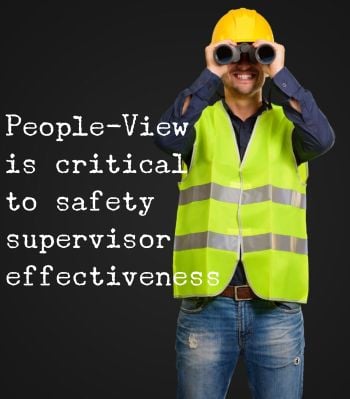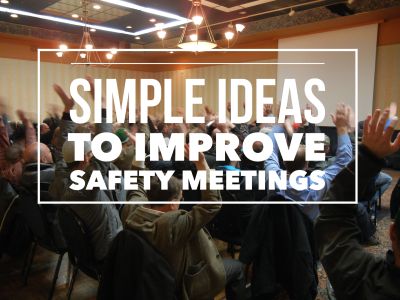
People-View is how you talk about your crew to other supervisors or even your buddies behind the crew members' backs. “Keep it simple and as short as possible. These guys don’t want a lot of information and they won’t remember most of it anyway. And don’t make it too complex or it’ll go right over their heads. And don’t give them too many breaks or they’ll take their time coming back. Some of them might even take off from the meeting. You can’t trust them. They’ll take a shortcut if they can find one.” Is that the people-view for your crew? Is this how you talk about your crew to other supervisors or even your buddies behind the crew members' backs? Is that what you would say to an outside speaker or guest getting ready to address your people? People-view is how you view people - specifically your people, your co-workers. People-view is the predetermined opinions you have about either the people you work with or those you do business with. That includes job site contractors and subcontractors. Command-and-control is the default management style for supervisors and safety people who lack basic safety leadership skills. Chapter and verse from the rule book is easy because there is no arguing the rules. Supervisors and safety people, the unskilled ones, are quick to write up job site infractions. Like a cop at the side of the highway, they get compliance through enforcement and threat. They view everyone under them as potential law-breakers. You can’t build a relationship of trust and respect with a people-view like this. If you think your people aren’t capable of grasping safety concepts, that will affect how you treat them. It will, more importantly, affect the relationship you have with them. How do you view your crews and employees? Here are four self-test questions to help you identify your own people view:











